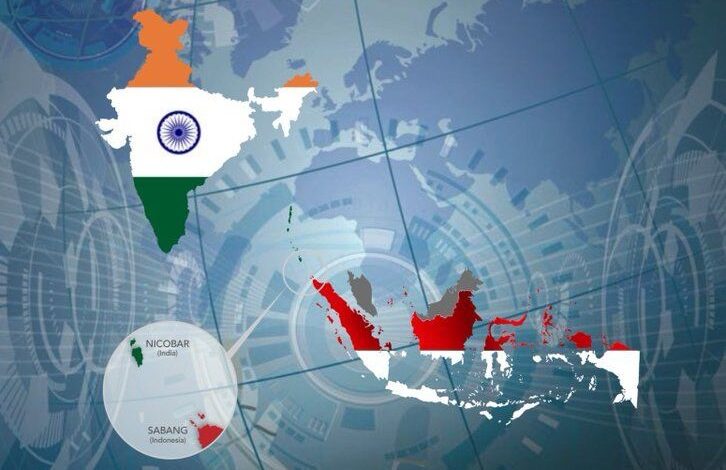India and Indonesia Face the Greatest Risk from Geopolitical Shocks
Malaysia Emerges as a Bright Spot, While India's Resilience Defies the Odds

In the world of emerging markets in Asia, there’s a trio of factors causing concern. These are high oil prices, a strengthening US dollar, and geopolitical instability. However, Malaysia, an energy exporter, could potentially benefit from this situation.
Economists are troubled by the potential consequences for developing Asian countries resulting from the ongoing conflict between Israel and Hamas. They’re trying to assess how it might affect oil supply and impact economic growth. The surge in the value of the US dollar and long-term Treasury yields adds to the risks, particularly for nations with substantial current-account deficits.
Brent crude oil prices have risen by almost 20% in the last three months, and Bloomberg Economics suggests that they could reach $150 per barrel if the Middle East conflict expands to involve Iran. Iran provides support to Hamas, a group designated as a terrorist organization by the US and the European Union, and backs Hezbollah in Lebanon.
This conflict between Israel and Hamas is unfolding against the backdrop of Russia’s ongoing war in Ukraine and simmering tensions between the US and China. These challenges add complexity to the economic landscape in the region.
The vulnerability of certain countries in the region is highlighted by Lavanya Venkateswaran, a senior economist at Oversea-Chinese Banking Corp. Ltd. She notes that countries like India, Thailand, the Philippines, and Indonesia are at risk if high oil prices persist. These nations have both current account and fiscal deficits, making them more susceptible to capital outflows.
Alicia Garcia Herrero, an expert at the French investment bank Natixis SA, highlights that Sri Lanka and Pakistan are particularly vulnerable due to their high levels of external debt. India and Indonesia are also at risk because they tend to run current-account deficits and require external financing.
Compounding these issues, US Treasury yields have risen due to concerns about increased inflation pressures caused by higher oil prices. This creates an additional challenge for countries with high budget deficits, as they may struggle to secure funds in global markets.
A concerning trend is emerging in the world of Asian bonds. The premiums that investors are willing to pay to own bonds from countries like India and Indonesia compared to US debt have reached their lowest levels since at least the 2008-09 global financial crisis. This suggests that emerging Asian bonds are becoming less attractive to investors.
HSBC Holdings Plc strategists suggest that, among low-yielding Asian currencies, the Chinese renminbi and the Korean won are preferable. They point to China’s focused fiscal policy and recent property market measures, the Bank of Korea’s consistent foreign exchange sales, and the potential inclusion of Korea in a global bond index next year.
However, not all low-yielding currencies are equally attractive. The strategists express concern about election uncertainty for the Taiwanese dollar, deteriorating fiscal metrics for the Thai Baht, and overvaluation for the Singapore dollar. They also note a slight preference for the Philippine peso and the Indian rupee over the Indonesian rupiah among higher-yielding currencies.
Amidst this complex economic landscape, Malaysia stands out as a potential beneficiary of rising oil prices. Economists suggest that Malaysia could experience growth and improved fiscal conditions. This is attributed to increased export duties, petroleum income taxes, and dividends from the state-owned company Petronas, which would boost fiscal revenue. In contrast, Indonesia is expected to face deteriorating fiscal conditions.
Despite the challenges posed by a stronger US dollar and higher oil prices, India has some positive aspects working in its favor. Strong macroeconomic data and indicators like a robust Purchasing Managers’ Index (PMI) make Indian assets appealing, even in the face of these headwinds.
You might also be interested in – Malaysian woman leaves Rs 2,484 crore inheritance to marry her lover
You might also be interested in – Malaysian woman leaves Rs 2,484 crore inheritance to marry her lover



